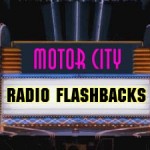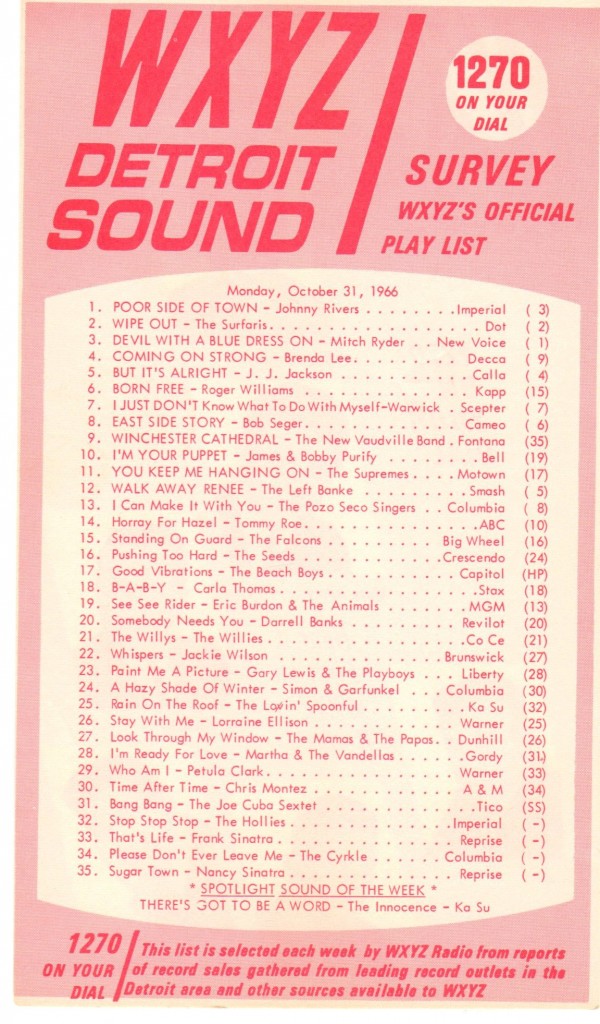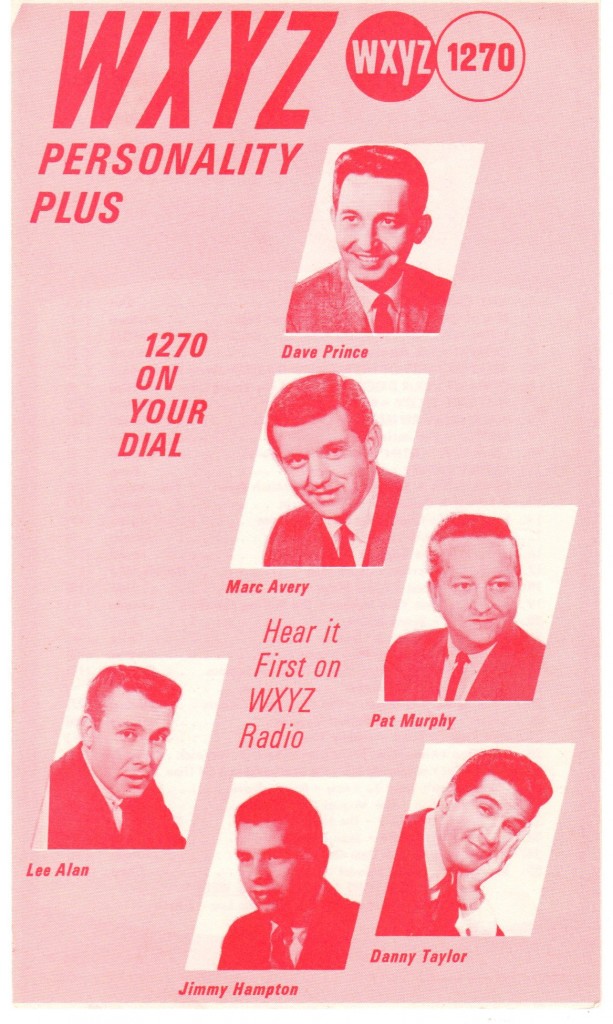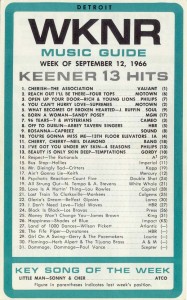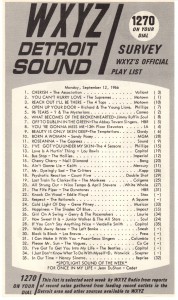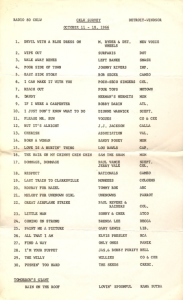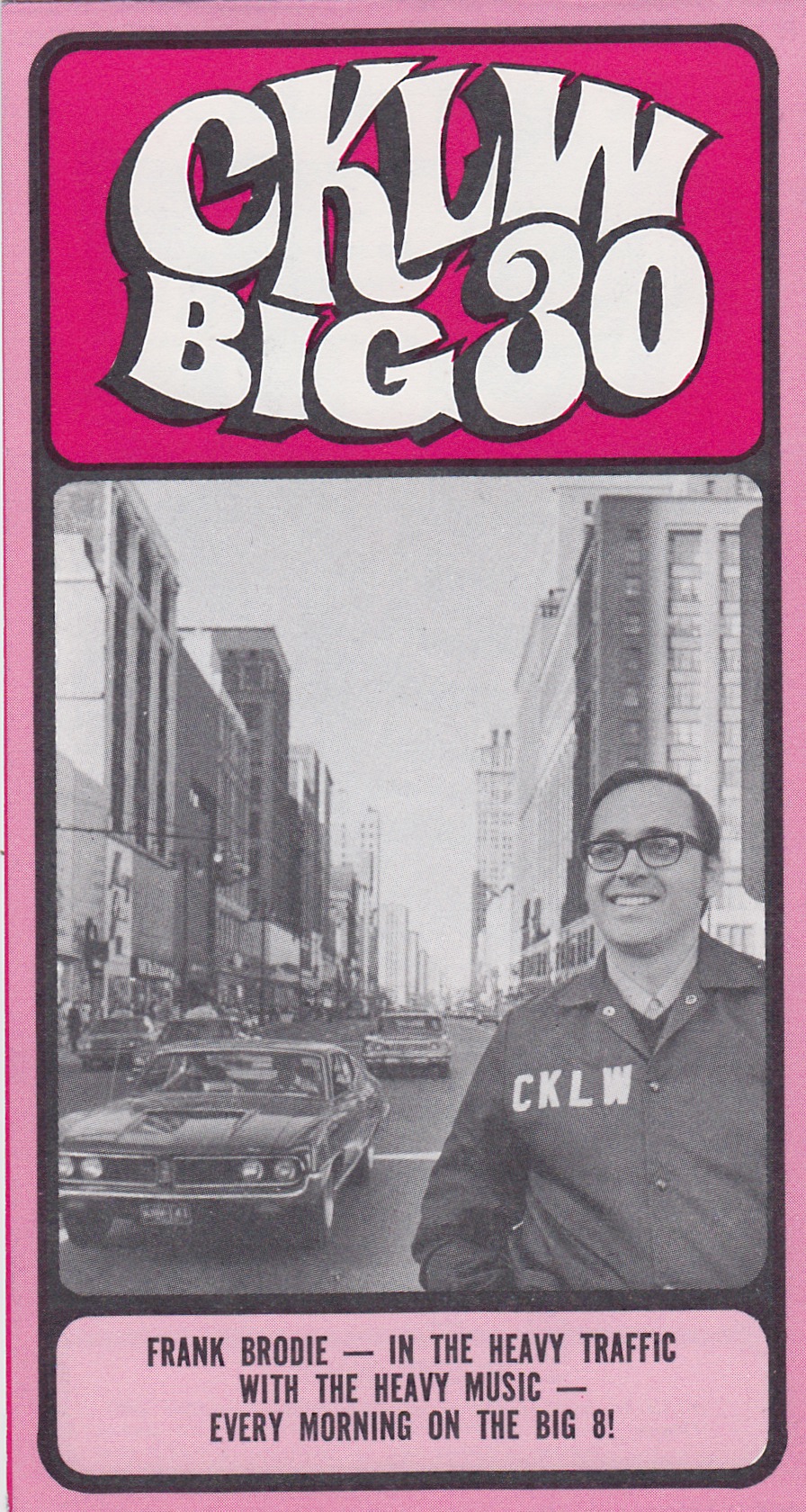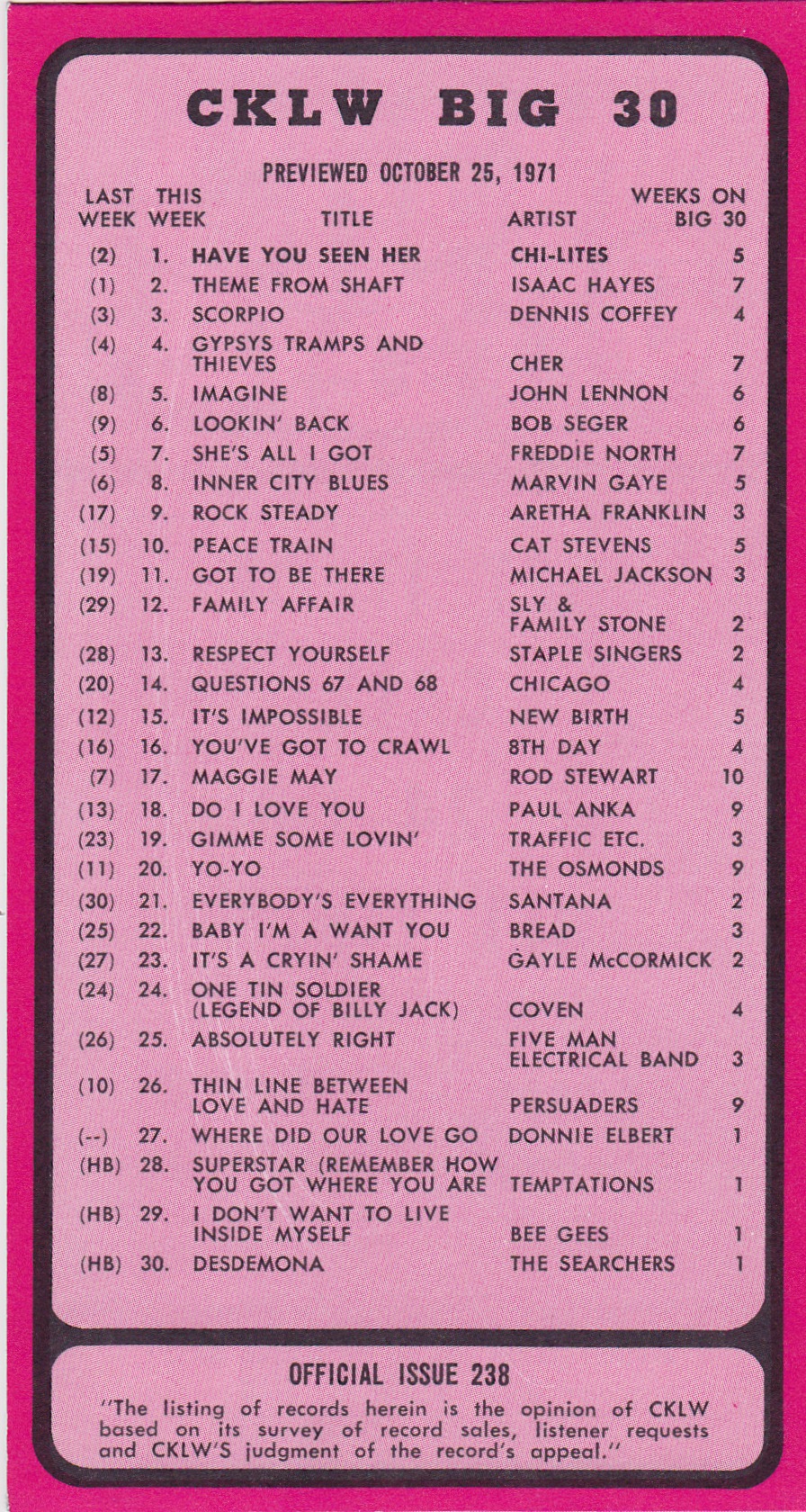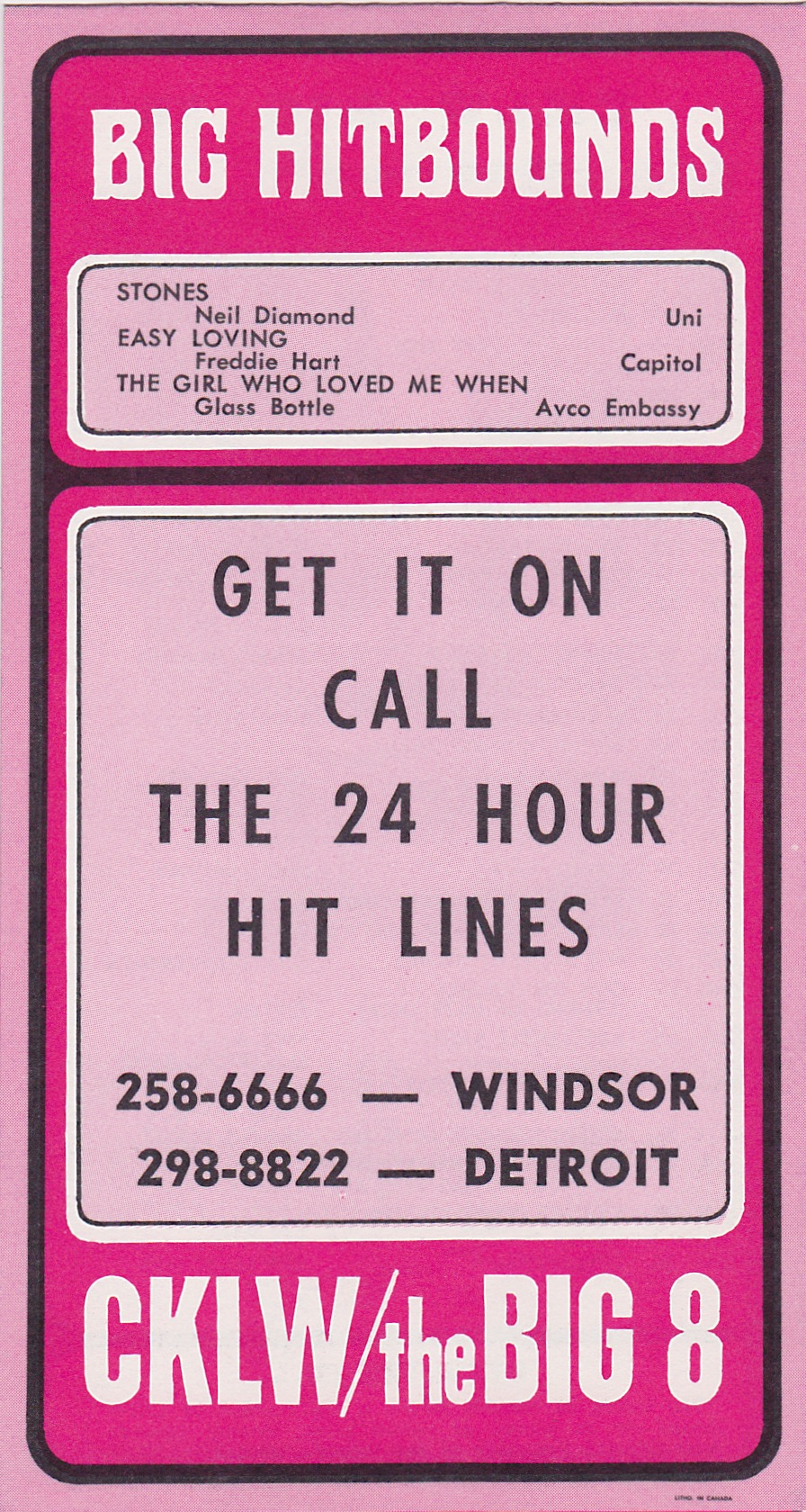ON THIS DATE IN 1963 A DETROIT RADIO LEGEND WAS BORN 50 YEARS AGO
DETROIT (October 31) — October 31, 1963. WKMH becomes the new WKNR, “New Radio 13.”
Did you remember?
WKNR. Detroit. The “Keener Story.” How much more can be said that hasn’t been said about this great Detroit radio legend? In all reality not much more else needs to be said, nor added, of what is well known about the “Keener story.”
And despite many years having passed, this much is known, the “story” is still remembered today. A story about an incredible Dearborn radio station, situated on Michigan Avenue, a story that has been told, re-told time and time again for five decades. The story of a station remembered for its meteoric rise — within weeks — from bottom to No. 1 status, the fastest ever in Detroit radio history.
WKNR. The greatest Detroit radio story that was ever told.
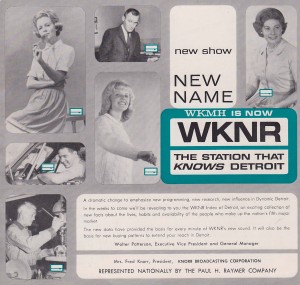
What took place this day in Detroit, exactly 50-years ago today, would turn a new page in Detroit radio history. It would change Detroit radio forever. (To those who may not know about the “Keener Story,” we have archived and covered the WKNR story here on Motor City Radio Flashbacks. Go to our menu’s ‘Categories’ on the left, scroll down and click WKNR).
Detroit radio history would record when Mrs. Fred Knorr, owner of the Knorr Broadcasting Corporation, early in 1963 hired an independent free-lance radio consultant by the name of Mike Joseph. Joseph, who had successfully “modernized” top 40 radio WGR to No. 1 status in Buffalo, he would devote his winning consulting talents in the same way for Mrs. Knorr’s WKMH.
Within 70-days of it’s launch, WKNR found itself alone on top during the Detroit radio wars, late-1963. By mid-January ’64, WKNR, the “New Radio 13,” would be christened the winner in the four-way battle for the top 40 crown in the Motor City.
![WKNR Music Guide, November 14, 1963 [b/side] (click image for larger view)](https://www.mcrfb.com/wp-content/uploads/2013/10/WKNR-MUSIC-GUIDE-NOVEMBER-14-1963-BACK-200x300.jpg)
In 1962 Bob Green left Detroit’s WKMH for the legendary WQAM down in Miami. WQAM was the No. 1 top 40 radio station at the time. By early 1963, the Miami station was gifted claiming two of their most popular radio personalities that year. Bob Green and Jerry Goodwin. But Bob would leave WQAM in October, 1963. Jerry Goodwin would leave WQAM shortly thereafter in January, 1964. Both headed north for the new WKNR in Detroit.
Mort Crowley, formerly from St. Louis’ KWK, would become the new morning man on Keener radio. His at-times acerbic wit quickly would endear him with WKNR’s new morning listeners. (Crowley, after just three months with WKNR would leave the station in February, 1964). Robin Seymour would be the mid-morning man on the new WKNR. Seymour, then a 16-year stalwart in the business held over from the old WKMH days (since 1947), was regarded at the time the most popular personality Detroit radio ever produced.
Gary Stevens would leave top 40 WIL in St. Louis. Having been at WIL since 1961, inevitably Stevens honed his radio skills masterfully there. Stevens caught the attention of WKNR PD Frank Maruca for the early to late afternoon drive. For teens in Detroit, Stevens would become one of the most popular jocks at the station here through March, 1965. (Gary Stevens would leave WKNR for WMCA in New York).
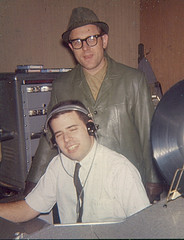
Frank ‘Swingin” Sweeney came to WKNR in early 1964. When the time came Mort Crowley was no longer at the station, Sweeney was called in from Youngstown, Ohio, WKBN-AM. Replacing Mort Crowley, Sweeney became Keener’s new morning man, April, 1964. He would become an instant A.M. favorite on the “New Radio 13” here in Detroit through August, 1965.
Jim Sanders. New at WKMH since February 1963, Sanders was production director at the station for the short term. Eventually Jim was selected by Knorr management to fill the 12 noon – 3:00 p.m. mid-day slot for the “New Radio 13.” Sanders, more into the production phase, would leave WKNR shortly thereafter to work for Triad Broadcasting in Milwaukee, January 1964. Jerry Goodwin, Bob Green’s friend and protege from his Miami WQAM days, would become the perfect mid-morning voice on WKNR replacing Sanders immediately thereafter.
And overnights? It would be Bill Phillips doing the all-night shift, 12 Midnight – 5 A.M. on the new WKNR Keener 13.
Crowley. Seymour. Sanders. Stevens. Green. Phillips. WKNR.
The die was set. The die was cast. And the rest of this story would become radio history. 50 years later. Without question. WKNR would become the greatest Detroit radio story that would ever be told.
Did you remember? It’s October 31, 2013. Halloween. Happy 50th. WKNR “Keener 13.”
WKNR-AM * Keener 13 Key Men of Music * November, 1964
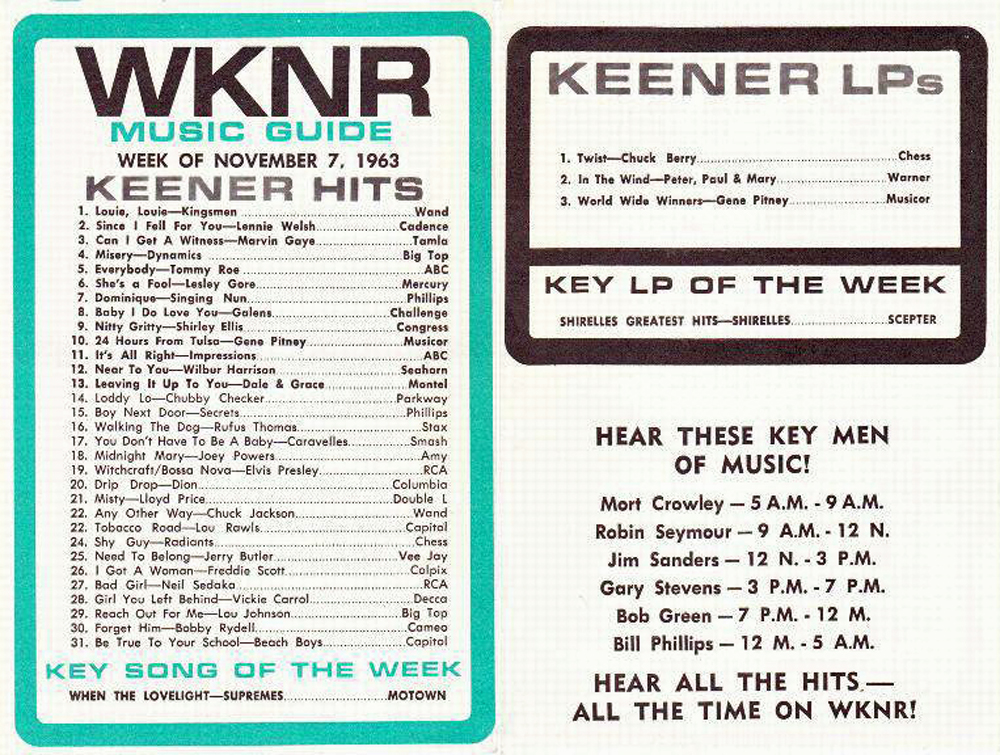
A MCRFB Note
For everything that is WKNR, go to Scott Westerman and Steve Schram’s splendid WKNR tribute website at Keener13.com.
For more on WKNR on Motor City Radio Flashbacks, go here.
Motor City Radio Flashbacks would like to thank MCRFB contributor James Heddle for providing the (1964) WKNR audio aircheck above. ‘Keener’ LIVES!
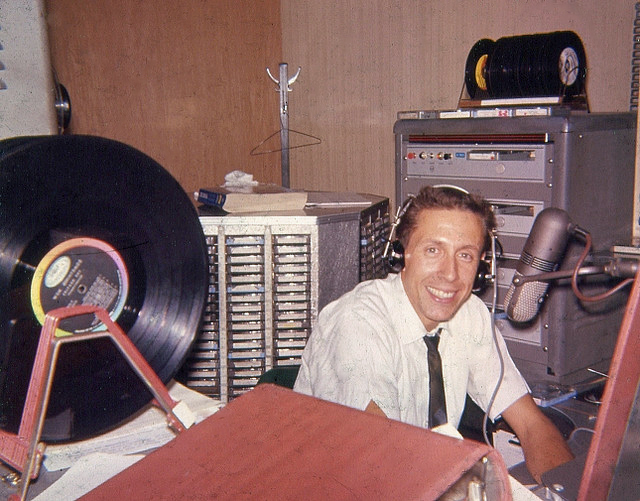
![]()



